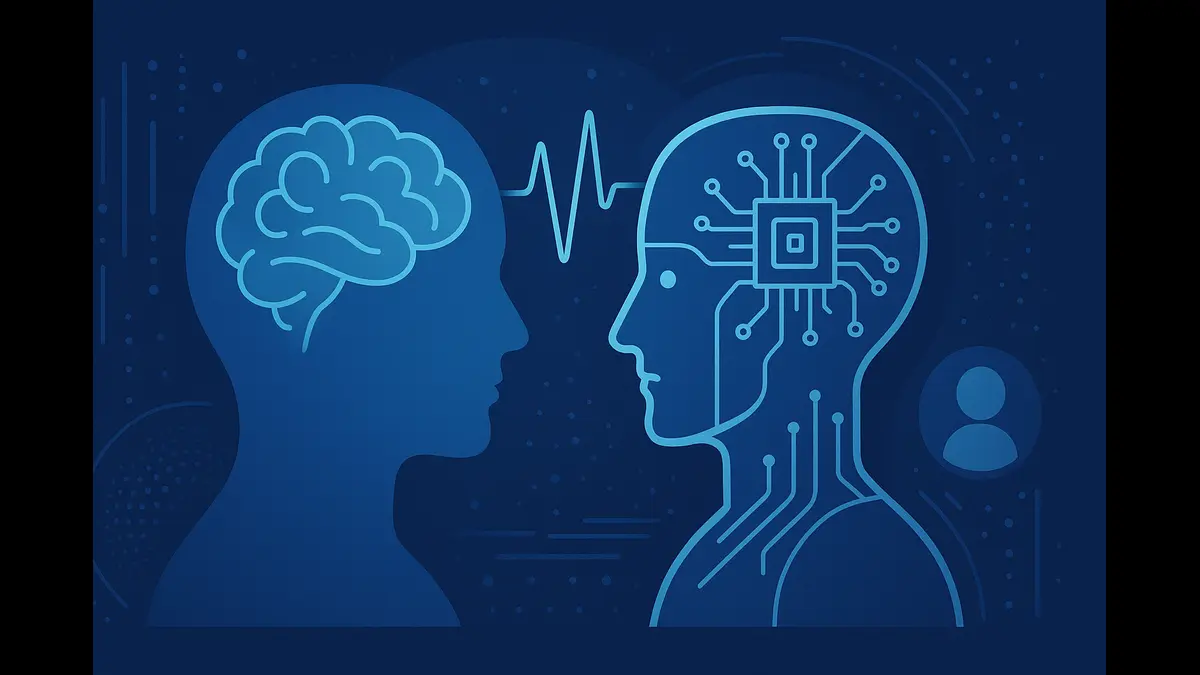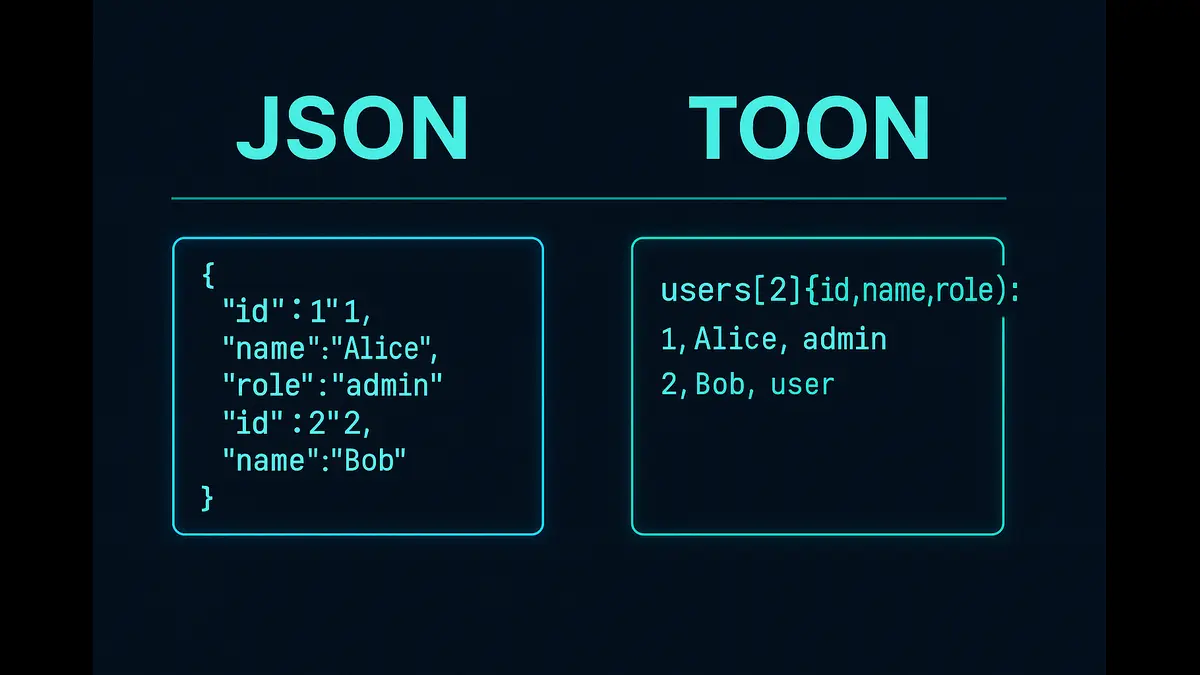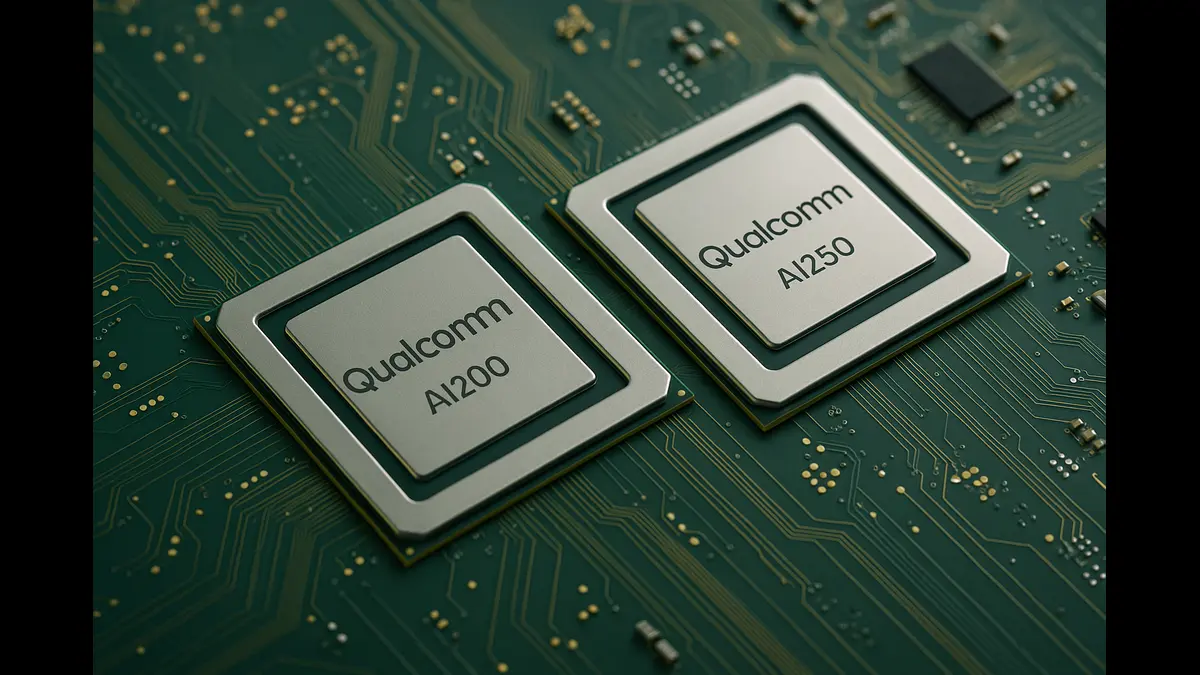
Brain-computer interfaces (BCIs) are turning thought into action—enabling control of machines through neural signals. This article explores the current breakthroughs, key players like Neuralink and Synchron, India’s emerging role, and what the future of mind-machine fusion holds.
Introduction to Brain-Computer Interfaces
Brain-computer interfaces (BCIs) are transformative systems that enable direct communication between the human brain and external devices, bypassing traditional physical inputs like keyboards or touchscreens. By decoding neural signals, BCIs translate brain activity into actionable commands, offering profound applications in medicine, accessibility, and beyond. These systems, grounded in decades of neuroscience research, are no longer science fiction but a reality with practical uses, such as controlling prosthetic limbs for amputees or managing epilepsy through neural monitoring. Leading institutions like MIT, Stanford, and DARPA, alongside companies such as Emotiv and Neurable, have advanced BCIs using electroencephalography (EEG) and other non-invasive techniques. EEG-based BCIs, which measure electrical activity on the scalp, are widely used in research and commercial applications, supported by peer-reviewed studies. This article explores the current state of BCIs, key players, applications, ethical concerns, India’s contributions, and carefully framed future possibilities.
Neuralink: Pioneering Invasive BCIs
Neuralink, founded by Elon Musk in 2016, is a frontrunner in invasive BCI development. Its flagship device, the Link V0.9, is a coin-sized implant with over 1,000 electrodes designed to record and stimulate brain activity with high precision. As of 2025, Neuralink has progressed significantly. In 2023, it received U.S. Food and Drug Administration (FDA) approval for human trials, a milestone for invasive BCIs. Preclinical tests on animals, including pigs and monkeys, demonstrated the device’s ability to record neural signals and control basic tasks, such as moving a cursor on a screen. Early human trials began in 2024, focusing on patients with severe motor impairments, like quadriplegia, to enable thought-controlled prosthetic operation.
Neuralink’s goal is to decode brain signals for precise control of external devices, such as robotic arms, and to treat neurological conditions like Parkinson’s disease. The company has not yet achieved commercial deployment, and claims of advanced capabilities like telepathy remain theoretical, confined to long-term aspirations. Neuralink’s approach relies on high-bandwidth neural data collection, with its electrodes capable of sampling at rates up to 20,000 times per second, far surpassing traditional EEG systems. However, challenges like surgical risks and long-term implant durability remain under scrutiny.
Other BCI Companies and Global Efforts
Beyond Neuralink, several companies and regions are advancing BCI technology, each with distinct approaches. Synchron, a U.S.-based company, received FDA Investigational Device Exemption (IDE) approval in 2021 for its Stentrode, a minimally invasive BCI implanted via blood vessels. By 2025, Synchron’s human trials have shown patients controlling digital devices, like tablets, using thought alone, aiding those with amyotrophic lateral sclerosis (ALS) and other mobility-limiting conditions. The Stentrode’s endovascular approach avoids open-brain surgery, offering a safer alternative to Neuralink’s implants.
Kernel, another U.S. company, focuses on non-invasive neuroimaging with its Kernel Flow device, a wearable helmet using time-domain functional near-infrared spectroscopy (TD-fNIRS). Kernel Flow maps brain activity in real time, targeting applications in cognitive performance and mental health monitoring. Its non-invasive nature makes it accessible for broader usage.
China has emerged as a significant player in BCI research, driven by academic-military partnerships. Institutions like Tsinghua University and the Chinese Academy of Sciences are developing EEG-based BCIs for applications like brain-controlled drones. China’s Brain/Cloud Interface project aims to integrate BCIs with cloud computing, though it remains in early stages. These efforts align with global military interest in BCIs, as both China and the U.S. explore thought-controlled systems for defense.
Applications of BCIs
BCIs are delivering tangible benefits across multiple domains, with medical applications leading the charge. In assistive technology, BCIs enable paralyzed individuals to control robotic limbs or communicate via text-to-speech systems. For example, a 2023 study demonstrated a BCI system allowing a patient with ALS to type at 62 words per minute using thought alone, a record for non-invasive BCIs. BCIs also aid epilepsy management by detecting seizure-related neural patterns, as seen in devices like NeuroPace’s RNS System, FDA-approved since 2013. Consumer-grade EEG devices like Muse and Neurable are already being marketed for wellness and gaming, though their precision lags behind clinical-grade systems.
In mental health and education, BCIs are emerging tools. EEG-based devices from companies like Emotiv provide real-time feedback on focus and stress, used in neurofeedback training for ADHD and anxiety. However, their effectiveness varies, with meta-analyses showing moderate benefits. Educational applications, such as focus-enhancing BCIs for students, are under exploration but lack large-scale validation.
Military and aerospace applications are also advancing. DARPA’s Next-Generation Nonsurgical Neurotechnology (N³) program, launched in 2018, develops non-invasive BCIs for soldiers to control drones or monitor cognitive states. China’s military has tested brain-controlled drones [10]. NASA and SpaceX are exploring BCIs for astronaut interfaces, though these remain experimental.
Ethical and Governance Challenges
The rise of BCIs raises critical ethical questions, particularly around data privacy. Neural data, which reveal thoughts and emotions, are highly sensitive. Security researchers have warned of “neuro-hacking” risks, where unsecured BCIs could be exploited for data theft. In response, Chile became the first country to enshrine Neuro Rights in its constitution in 2021, protecting mental privacy. The European Union is drafting similar legislation, while U.S. discussions, led by groups like the Neurorights Foundation, are ongoing but not yet codified.
Transhumanism—the philosophical idea of merging humans with technology—also enters BCI debates. While BCIs could enhance cognitive abilities, such outcomes are speculative and raise societal concerns about inequality and identity. Bioethics journals emphasize the need for global governance frameworks to address these risks, ensuring BCIs are developed responsibly.
India’s Emerging Role in BCI Research
India is making strides in BCI-adjacent technologies, though it lags behind global leaders like Neuralink. The Defence Research and Development Organisation (DRDO) and Indian Institutes of Technology (IITs), particularly IIT Delhi and IIT Madras, are researching neuroprosthetics and low-cost EEG systems for assistive devices. For instance, IIT Delhi’s 2024 project on eye-tracking and EEG-based communication aids for the disabled shows promise. India’s AI+brain research, supported by the Department of Biotechnology, focuses on affordable solutions for stroke rehabilitation and motor recovery.
While India’s BCI efforts are not at Neuralink’s scale, they prioritize accessibility, leveraging open-source EEG platforms like OpenBCI. These initiatives position India as an emerging player, with potential to address local healthcare needs, though commercial deployment remains years away.
Future Possibilities
Some BCI visions, like brain-to-brain communication or “skill uploads,” capture imaginations but remain theoretical. Concepts like neural telepathy, where thoughts are directly shared between individuals, are in early lab stages, with experiments showing basic signal transmission via EEG. Skill uploads, inspired by sci-fi, would require mapping complex neural patterns, a feat far beyond current capabilities. If research progresses over decades, these could become feasible, but they are not imminent. For now, BCIs focus on practical applications like medical restoration and cognitive monitoring, with incremental advances expected by 2030.
Brain-computer interfaces are reshaping technology’s intersection with neuroscience, offering life-changing solutions for the disabled, advancing military capabilities, and sparking ethical debates. Companies like Neuralink, Synchron, and Kernel, alongside global efforts in China and India, are driving innovation, while governance frameworks evolve to protect neural privacy. India’s emerging BCI research highlights its potential in affordable healthcare solutions. While futuristic ideas like telepathy remain distant, BCIs’ current trajectory promises significant societal impact, grounded in rigorous science and real-world applications.
Also Read:
Proto-Human LLMs: A New AI Evolution and Its Revolutionary Potential
References:
Nature Neuroscience (2023) – Semantic reconstruction of continuous language from non-invasive recordings
→ https://pubmed.ncbi.nlm.nih.gov/37127759/ en.wikipedia.org+12pubmed.ncbi.nlm.nih.gov+12researchgate.net+12IEEE Spectrum (2023/24) – UPDATE: Neuralink’s Human Tests Progress; Critics Persist
→ https://spectrum.ieee.org/neuralink-human-trials en.wikipedia.org+7spectrum.ieee.org+7spectrum.ieee.org+7IEEE Spectrum (2023/24) – The Brain‑Implant Company Going for Neuralink’s Jugular (Synchron)
→ https://spectrum.ieee.org/synchron-bci researchgate.net+13spectrum.ieee.org+13spectrum.ieee.org+13Science Friday (Apr 18, 2025) – Advances in Brain‑Computer Interfaces for People With Paralysis
→ https://www.sciencefriday.com/segments/brain-computer-interface-paralysis/ arxiv.org+12sciencefriday.com+12frontiersin.org+12
Discover more from Poniak Times
Subscribe to get the latest posts sent to your email.






